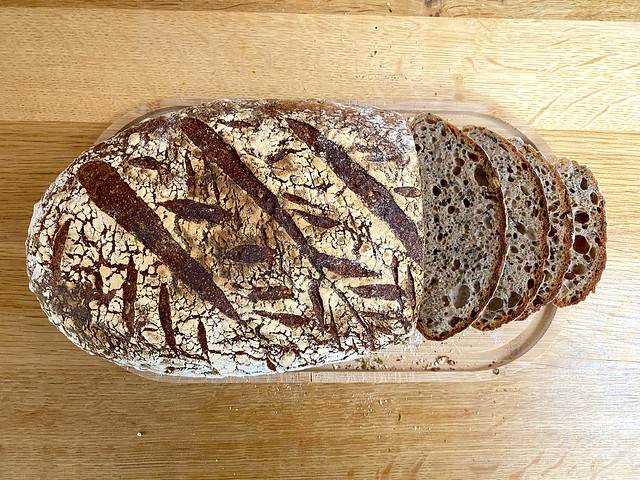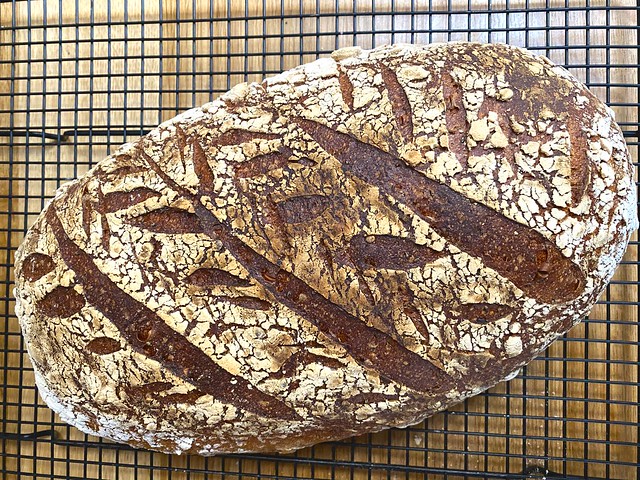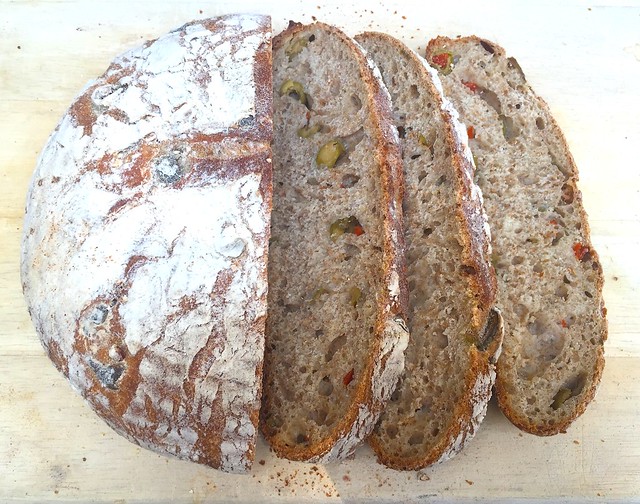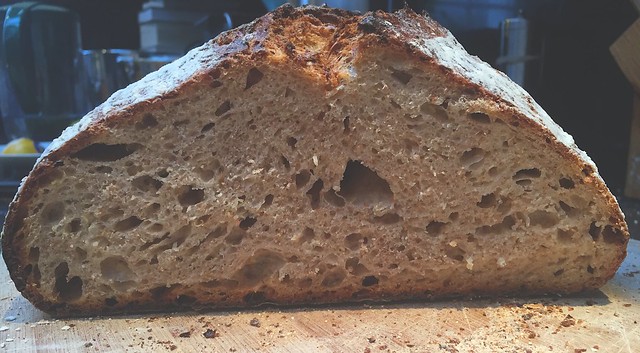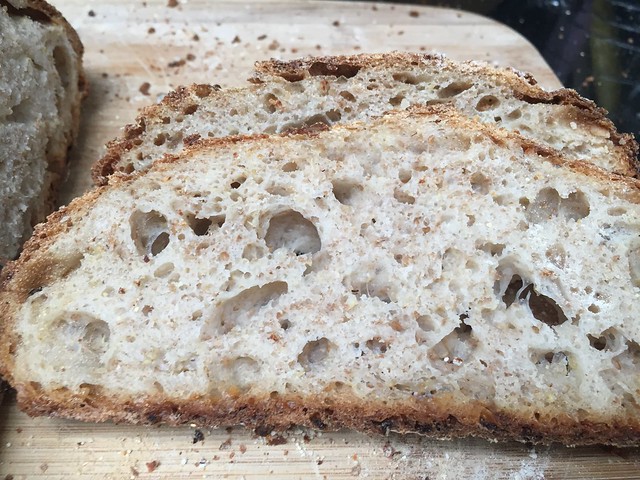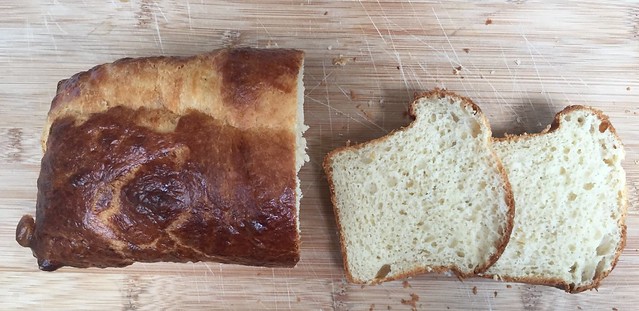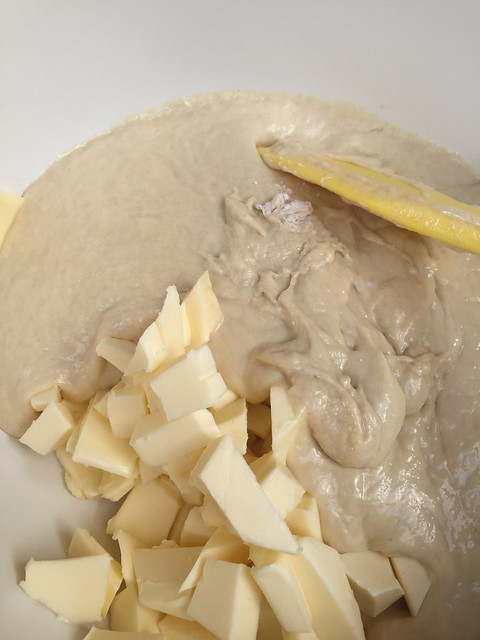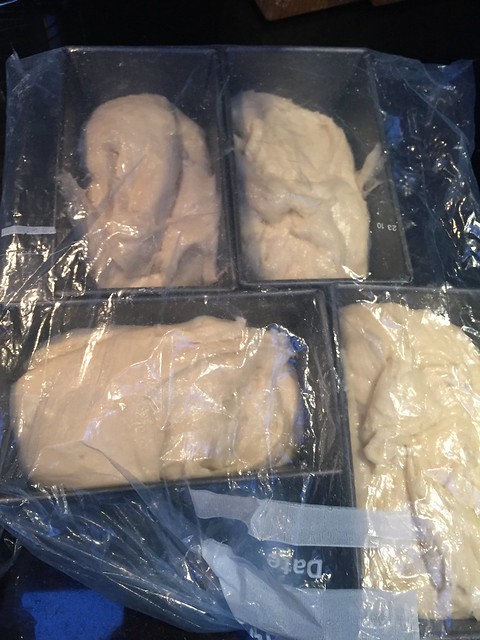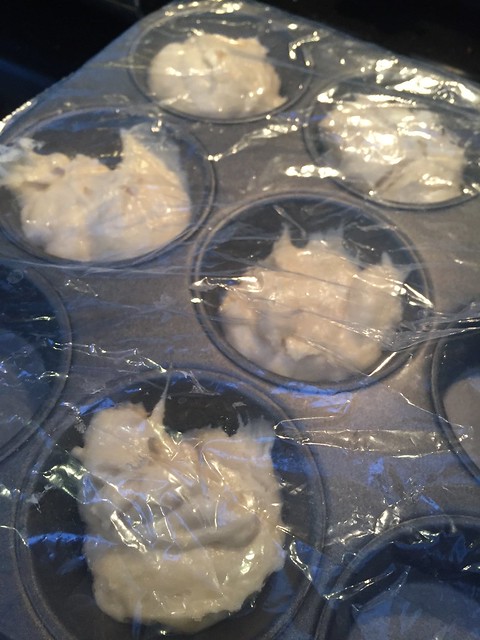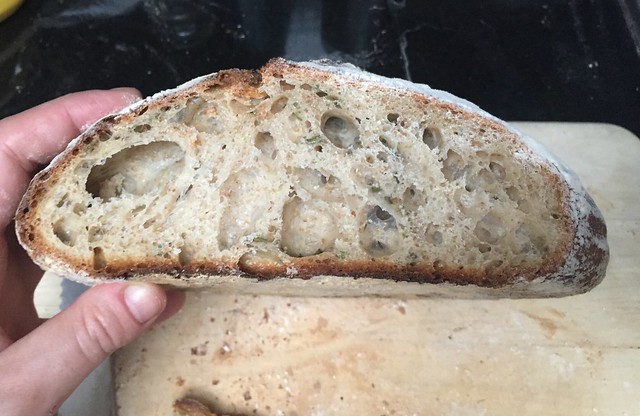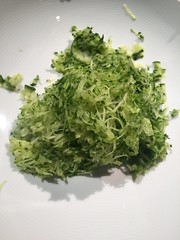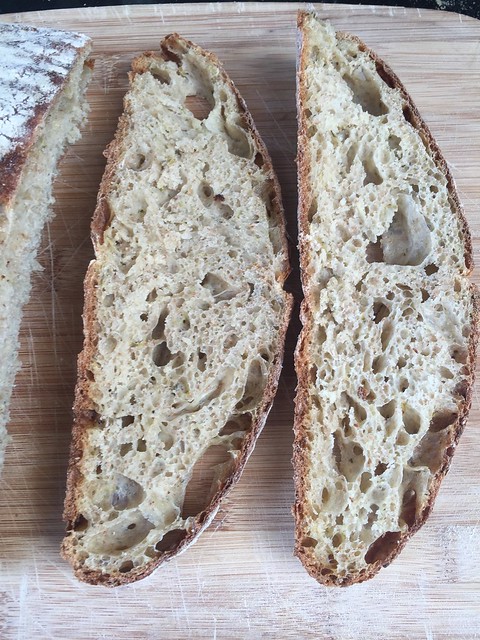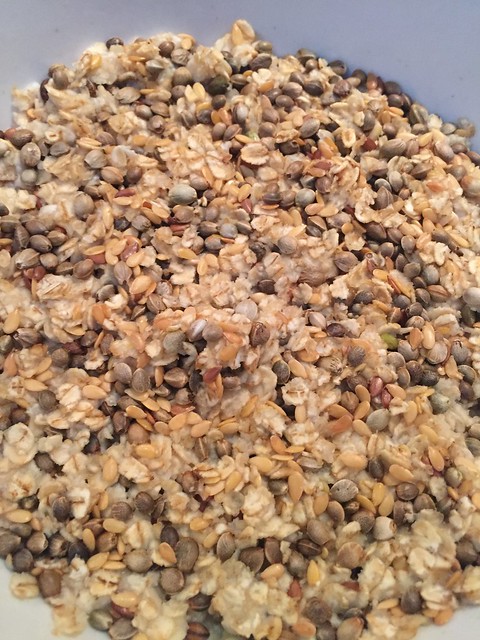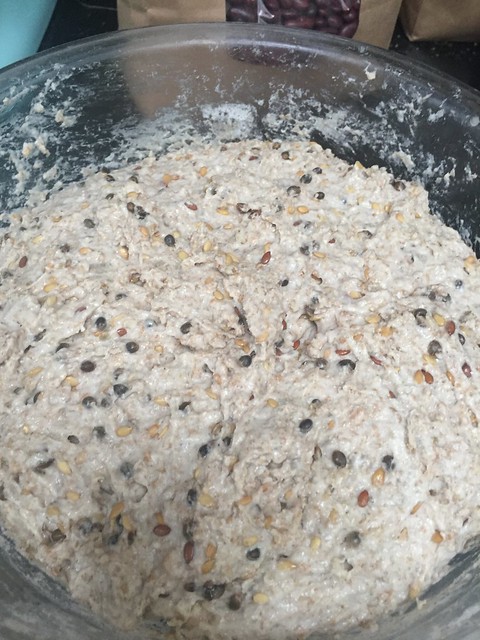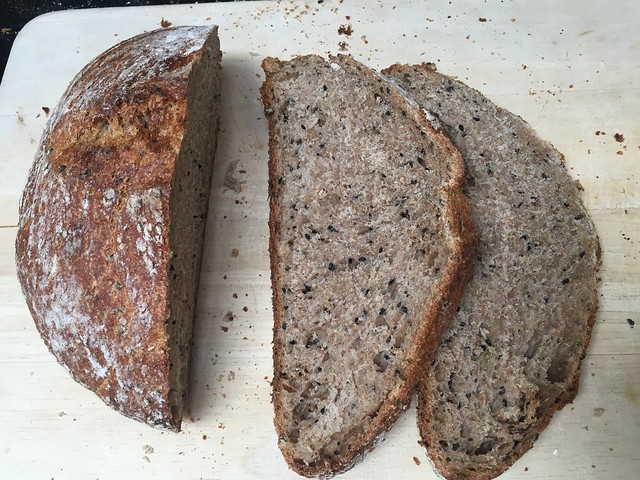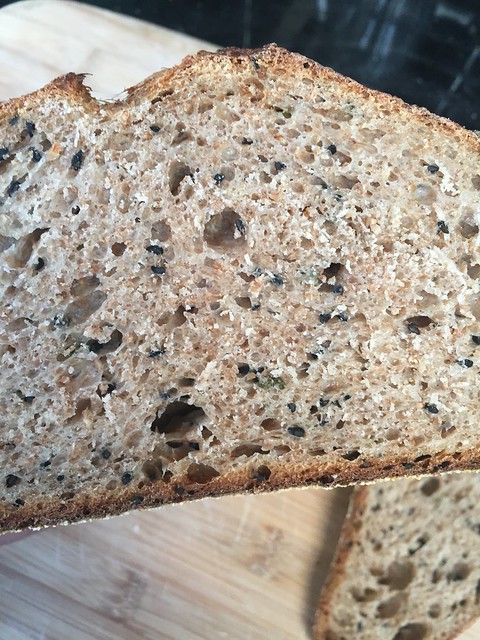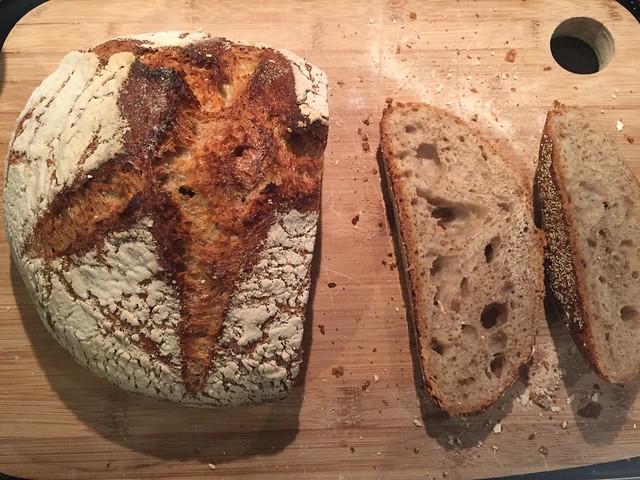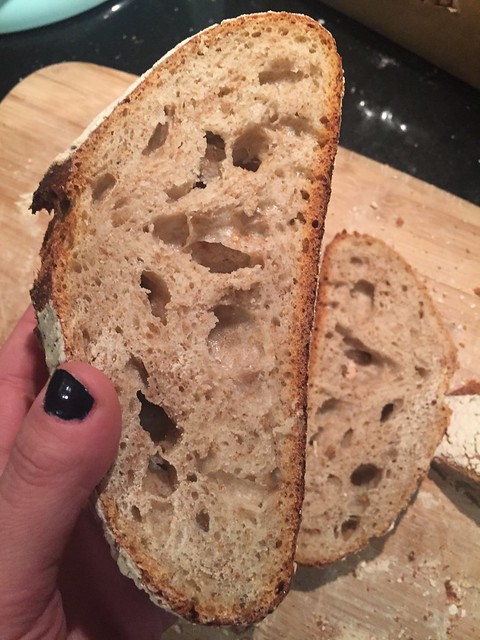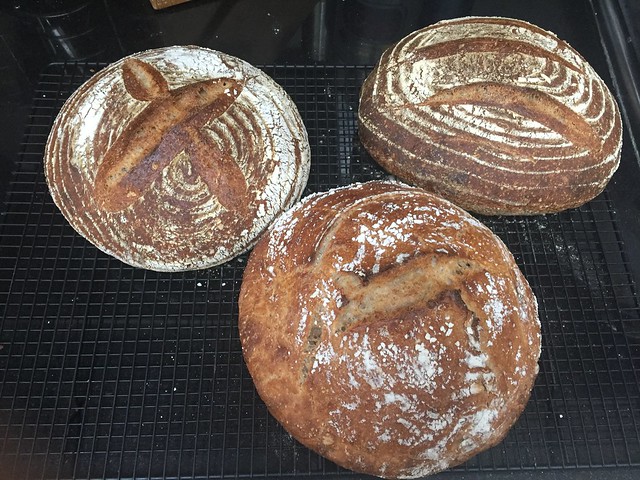Been busy with lots baking as we go back in lockdown. Found the best recipe for sourdough muffins on baking sense website. The muffins were delicious. The sourdough pizza also look amazing, so does the sourdough buns, sourdough pitta bread, sourdough donuts, sourdough coffee cake ….. Actually I want to do all the sourdough recipes. So plenty to keep me busy for the next couple of weeks.
I also made this seeded rye sourdough. This is an absolutely lovely loaf, in fact this might be one of my favourites. This makes quite a large loaf so had to use a large banneton (a bread proofing basket). It was also too big for my dutch oven so used a pizza stone instead. To make sure the oven was humid enough I used two small loaf tin filled with water.
Ingredients:
- 100 g whole grain bread flour
- 250 g white bread flour
- 105 rye
- 200 g water
- 100 g milk
- 175 g starter
- 25 hemp seeds
- 50 g pumpkin & sunflower mix seeds
- 20 g nigella seeds
- 10 g flax seeds
- 5 g caraway seeds
- 125 g boiling water
- 15 g of salt
recipe:
- mix the water +milk + starter + half of the flour. Let it sit for 45 min.
- In a separate bowl add and mix all the seeds and pour boiling water over it and let it sit for 45 min.
- Add the rest of the flour +salt +soaked seed mix to your dough let it rest for 10 min.
- Fold 4 times every 30 min.
- Final fold and shape – you want to form in a ball and pinch the fold together. Turn the dough so that pinched fold are on your working surface and light pressing down twisting the dough so that it becomes taught.
- Flour well a large banneton and place the dough in it.
- Final bulk rise –about 8 hours depending on temperature. I quite leaving overnight somewhere cool.
- Preheat the oven to 240C with the pizza stone and two small tin loaves filled with water. Once the oven reaches temperature leave it another 30min to make sure the pizza stone is heated through.
- Taking out the dough – Cut and place baking paper over a cutting board and place it on top of the banneton. Holding together the cutting board, baking paper and banneton quickly invert it.
- Slash your the top and place it on the pizza stone as quickly as possible.
- Bake for 45 min at 240C and the last 15 min at 180C at until the top is a deep dark brown.
- Take it out of the oven and let cool completely.
